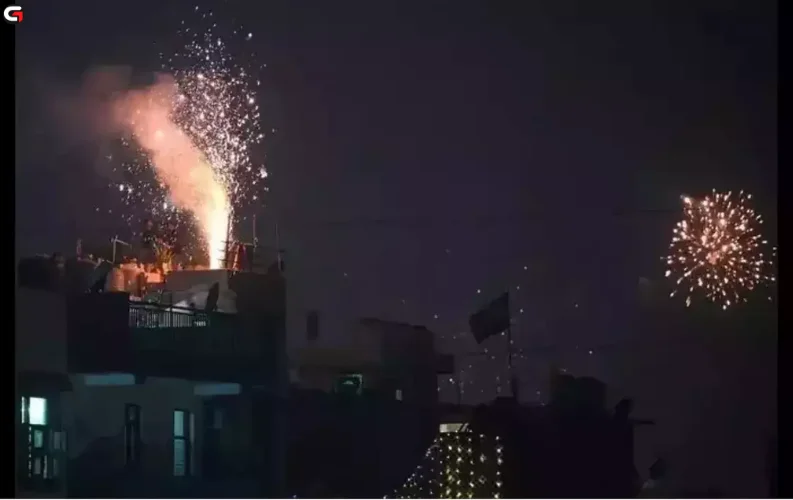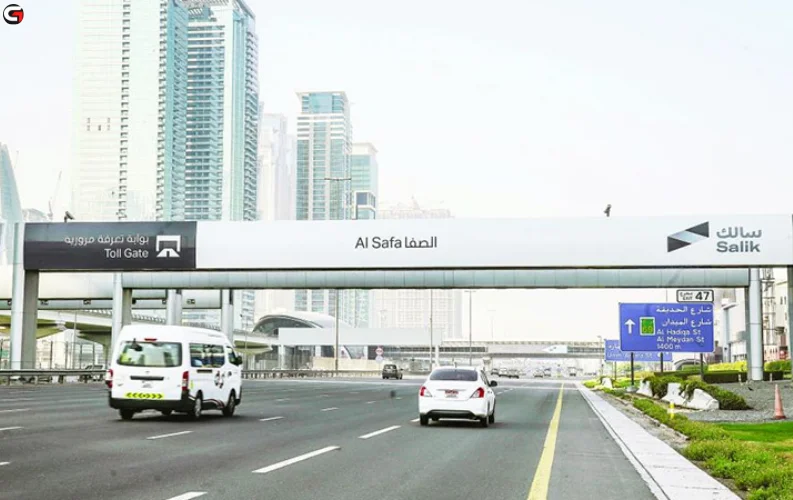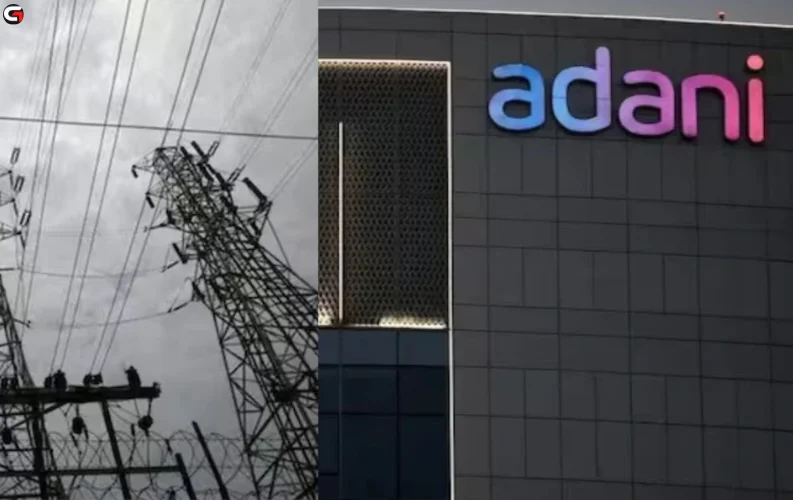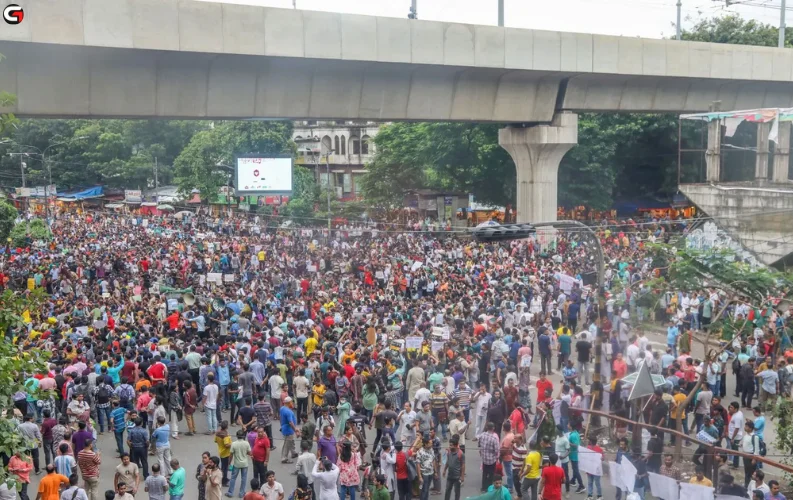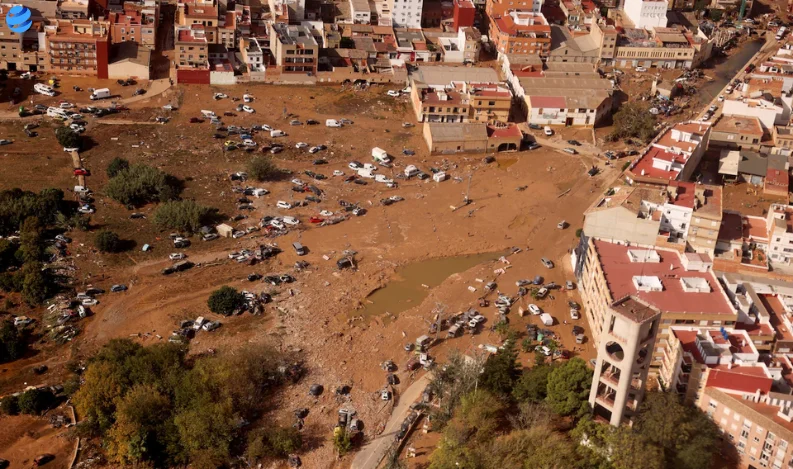Delhi's air quality has seen a significant improvement this year, recording the second cleanest post-Diwali air quality since 2015. On Friday, the Air Quality Index (AQI) stabilized in the "very poor" category, avoiding the severe levels often experienced after the festival.
Key Factors for Improvement
The improvement in air quality can be attributed to several key factors:
-
Strong Wind Ventilation: Sustained winds, reaching speeds of up to 16 kilometers per hour, played a crucial role in dispersing the dense layer of smoke that typically blankets the city after Diwali celebrations.
-
Rapid AQI Decline: Following a peak AQI of 362 by 9 AM on Friday, conditions improved significantly as the AQI fell to 339 by 4 PM and further to 323 by 7 PM.
-
Meteorological Conditions: Mahesh Palawat, vice president at Skymet Meteorology, explained that higher temperatures allowed pollutants to disperse more effectively. Unlike typical winter conditions, which can trap pollutants closer to the ground, the mixing height remained at a healthy 2,100 meters on Friday.
Context of Air Quality
While fireworks and local emissions contributed to the air quality deterioration late Thursday, the strong winds mitigated these effects the following day. Data indicated that stubble burning's contribution to PM2.5 levels surged to 27.61% on Diwali day, highlighting the ongoing challenge of agricultural pollution in the region.
Continued Concerns
Despite the relative improvement, concerns linger over occasional spikes in PM2.5 levels, which have been reported to exceed national permissible limits by over 30 times in certain areas. Anumita Roychowdhury from the Centre for Science and Environment noted that October had seen a higher incidence of poor air quality days compared to previous years, even with farm fires contributing minimally.
Conclusion
The post-Diwali air quality in Delhi reflects a complex interplay of meteorological conditions and pollution sources. While this year's results are promising, ongoing efforts are essential to address the persistent air quality challenges faced by the city, particularly as winter approaches and atmospheric conditions change.


